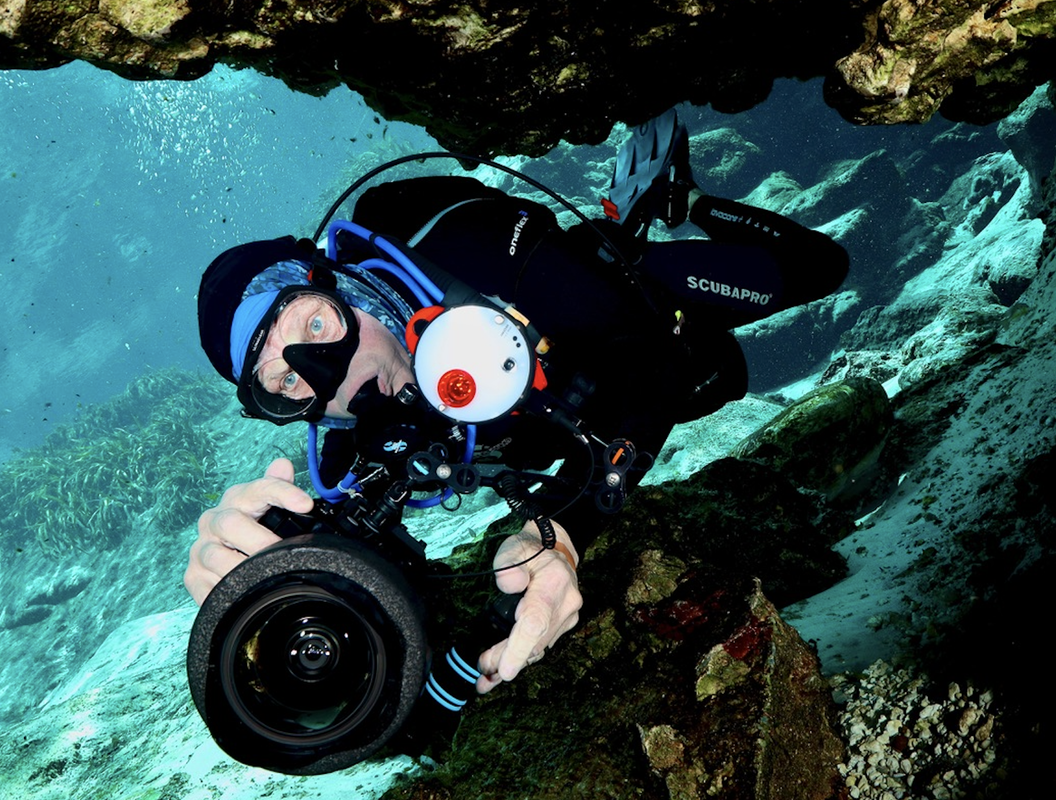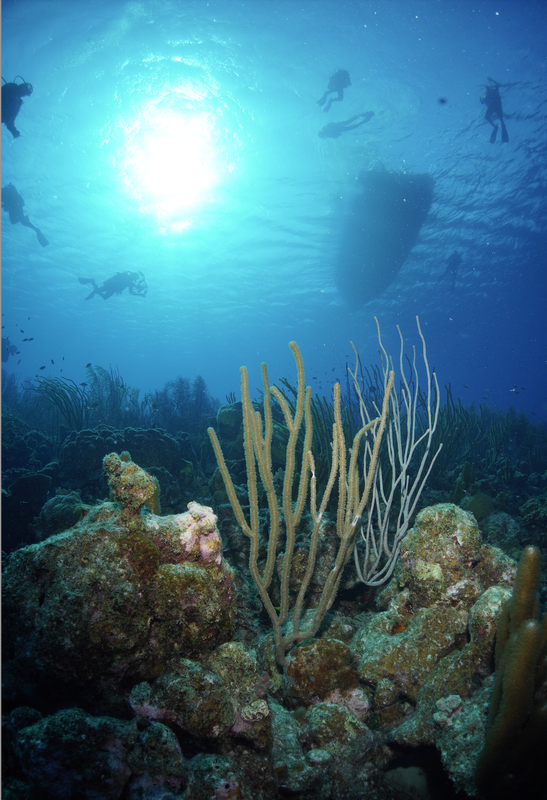I'm looking to get into photography for an upcoming trip and have been trying to decide on first setup that I can grow with. I started by considering a TG7 (or 6) setup but am thinking that the small sensor and lack of manual control means I'll probably be itching to upgrade in not too long. Looking around it seems like the next step up is either the EM10IV or the RX100VA (the VII is out of stock everywhere I can find). I'm also open to other options I haven't found yet!
Some requirements/goals for the setup
* Relatively compact - some of the places have low luggage size/weight restrictions
* Good for wide angle photos. I'm less interested in macro photos for now.
* Friendly enough to a beginner that I'll actually get some keepers early in my learning progress.
* Budget $6000 for everything (camera, housing, strobe(s), arms, etc.)
The EM10IV seems way more flexible with it's interchangeable lenses. However, the Sony is smaller (easier to travel with) and has phase detection AF which I understand to be superior to the Olympus. I've also read that wet-lenses are as good as air lenses which might make the changeable lenses on the Olympus less valuable?
Some requirements/goals for the setup
* Relatively compact - some of the places have low luggage size/weight restrictions
* Good for wide angle photos. I'm less interested in macro photos for now.
* Friendly enough to a beginner that I'll actually get some keepers early in my learning progress.
* Budget $6000 for everything (camera, housing, strobe(s), arms, etc.)
The EM10IV seems way more flexible with it's interchangeable lenses. However, the Sony is smaller (easier to travel with) and has phase detection AF which I understand to be superior to the Olympus. I've also read that wet-lenses are as good as air lenses which might make the changeable lenses on the Olympus less valuable?






